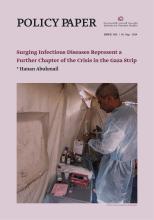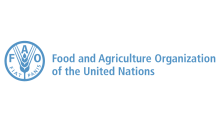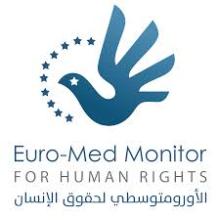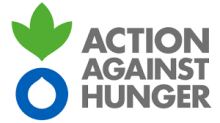This map illustrates a satellite imagery-based comprehensive assessment of damage and destruction to structures within the area of interest in the Gaza Strip, Occupied Palestinian Territory, based on images collected on 3 May 2024 when compared to images collected on 1 May 2023, 10 May 2023, 18 September 2023, 15 October 2023, 7 November 2023, 26 November 2023, 6-7 January 2024, 29 February 2024, and 31 March - 1 April 2024.
This map illustrates a satellite-based comprehensive damage assessment to detect damage and affected roads across the Gaza Strip, Occupied Palestinian Territory, based on an image collected on 29 May 2024.
According to satellite imagery analysis, UNOSAT identified approximately 1,100km of destroyed roads, 350km of severely affected roads and 1,470km of moderately affected roads. From these statistics, it has been calculated that approximately 65% of the total road network has been damaged (including destroyed and affected roads), across the Gaza Strip.
This map illustrates satellite-detected changes in cropland areas of the Gaza Strip resulting from the decline in the health and density of crops due to the ongoing conflict. UNOSAT conducted an analysis utilising satellite imagery collected by the Sentinel-2 satellite between June 2017 and 2024, performing a Normalized Difference Vegetation Index (NDVI) analysis as well as a multitemporal classification to identify notable changes taking place in cropland areas during that timeframe.
This map illustrates satellite-detected changes in cropland areas of the Gaza Strip resulting from the decline in the health and density of crops due to the ongoing conflict. UNOSAT-FAO conducted an analysis utilising satellite imagery collected by the Sentinel-2 satellite between May 2017 and 2024, performing a Normalized Difference Vegetation Index (NDVI) analysis as well as a multitemporal classification to identify notable changes taking place in cropland areas during that timeframe.
Gaza farmers’ two-month-long “golden time” of agricultural production has been destroyed by Israel’s military bombing and sealing of northern Gaza, ruining the enclave’s richest farmlands which are one of its biggest sources of fruit and vegetables.
With Israel’s actions also severely restricting humanitarian aid, the loss of local agricultural production is worsening malnutrition and hunger, leading to starvation and fears of worst to come for the 300,000 people estimated still now living in northern Gaza.
13 June 2024, Geneva, Switzerland – The United Nations Satellite Centre (UNOSAT), in collaboration with the Food and Agriculture Organization of the United Nations (FAO), has released an update on the health and density of cropland in the Gaza Strip.
Pagination
- First page
- Previous page
- …
- 10
- 11
- 12
- 13
- 14
- 15
- 16
- 17
- 18
About the Project
Israel launched a new assault against the Palestinian people in the Gaza Strip which began officially on October 7, 2023. In this assault, Israel's occupation army, with full political coverage, targeted all infrastructure installations in Gaza, especially the health sector which was singled out in a systematic and unprecedented manner, indicating the existence of a preconceived Israeli plan to destroy the heath infrastructure in the northern part of the Strip to make it unlivable and to drive its population southwards (the plan had originally envisaged their expulsion to Egypt but when this fell through it was decided to drive that population to central and southern Gaza). This deliberate and systematic targeting campaign vented itself in the indiscriminate bombing of urban quarters and high-rise residential towers in order to butcher the largest number of civilians and to systematically destroy all health facilities, with a view to forcing the population to head southwards where health facilities and medical emergency services had already far exceeded their absorption capacities. Read more
تصفح الأقسام
Policy Papers





